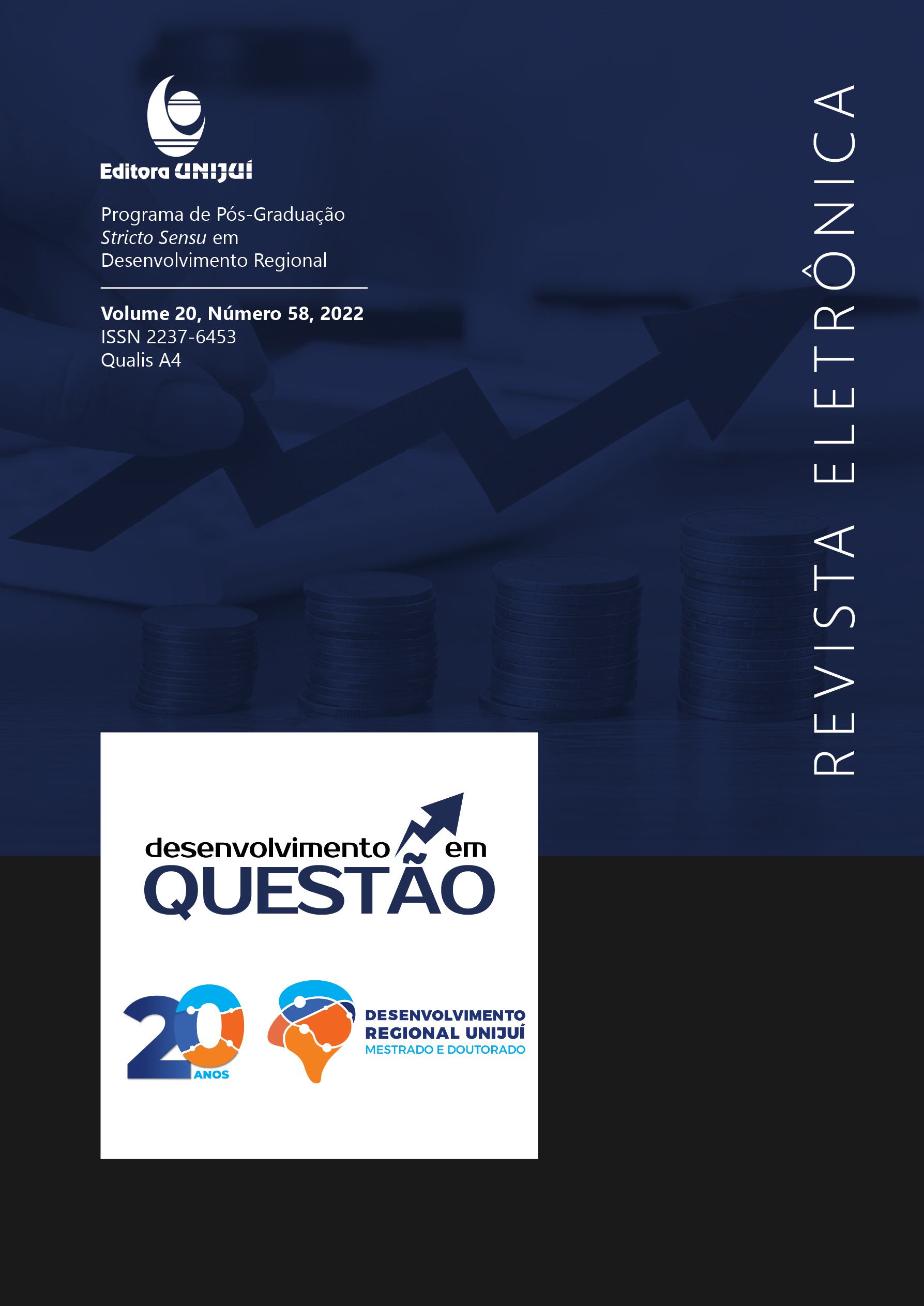Overview of public innovation policies focusing on the Brazilian Industry
DOI:
https://doi.org/10.21527/2237-6453.2022.58.11904Keywords:
Innovation. STI. Public Policy. PINTEC. Industry.Abstract
Companies and countries have adopted Innovation as a competitive strategy. The National Innovation System supports private and public efforts to increase the country's innovative capacity. This study aims to identify the main public policies and instruments for the development of innovations focusing on the analysis of industry data. Methodologically, bibliographic research was chosen to identify the main public innovation policies implemented in Brazil, and quantitative research, through the comparative analysis of Pintec from the interstices from 2000 to 2017, focusing on the industrial sector in Brazil. From the analysis of the data, it can be understood that the closed innovation model still predominates in Brazil. Pintec data showed that product innovation is predominantly carried out within organizations without sharing with other companies or research institutes. In the period from 2000 to 2017, government investments were mostly concentrated in the area of S&T, with 35% of expenditures. In 2017, the Federal Government of Brazil's expenditure on R&D was 1.34% of GDP. Only a little over a third of the industries have innovated in the results of the last Pintec. Most industries innovated with their resources, not with resources from government policies. Among the public policy mechanisms for innovation most used to innovate by companies is financing for the purchase of machinery and equipment.
Downloads
Published
How to Cite
Issue
Section
License
Copyright (c) 2022 Desenvolvimento em Questão

This work is licensed under a Creative Commons Attribution 4.0 International License.
By publishing in Revista Desenvolvimento em Questão, authors agree to the following terms:
All works are published under the Creative Commons Attribution 4.0 International License (CC BY 4.0), which allows:
Sharing — to copy and redistribute the material in any medium or format;
Adaptation — to remix, transform, and build upon the material for any purpose, even commercially.
These permissions are irrevocable, provided that the following terms are respected:
Attribution — authors must be properly credited, a link to the license must be provided, and any changes made must be indicated.
No additional restrictions — no legal or technological measures may be applied that legally restrict others from doing anything the license permits.
Notices:
The license does not apply to elements that are in the public domain or covered by legal exceptions.
The license does not grant all necessary rights for specific uses (e.g., image rights, privacy, or moral rights).
The journal is not responsible for the opinions expressed in the articles, which are the sole responsibility of the authors. The Editor, with the support of the Editorial Board, reserves the right to suggest or request modifications when necessary.
Only original scientific articles presenting research results of interest that have not been previously published or simultaneously submitted to another journal with the same purpose will be accepted.
Mentions of trademarks or specific products are intended solely for identification purposes and do not imply any promotional relationship by the authors or the journal.
License Agreement (for articles published from 2025 onward): Authors retain the copyright to their article and grant Revista Desenvolvimento em Questão the right of first publication.











